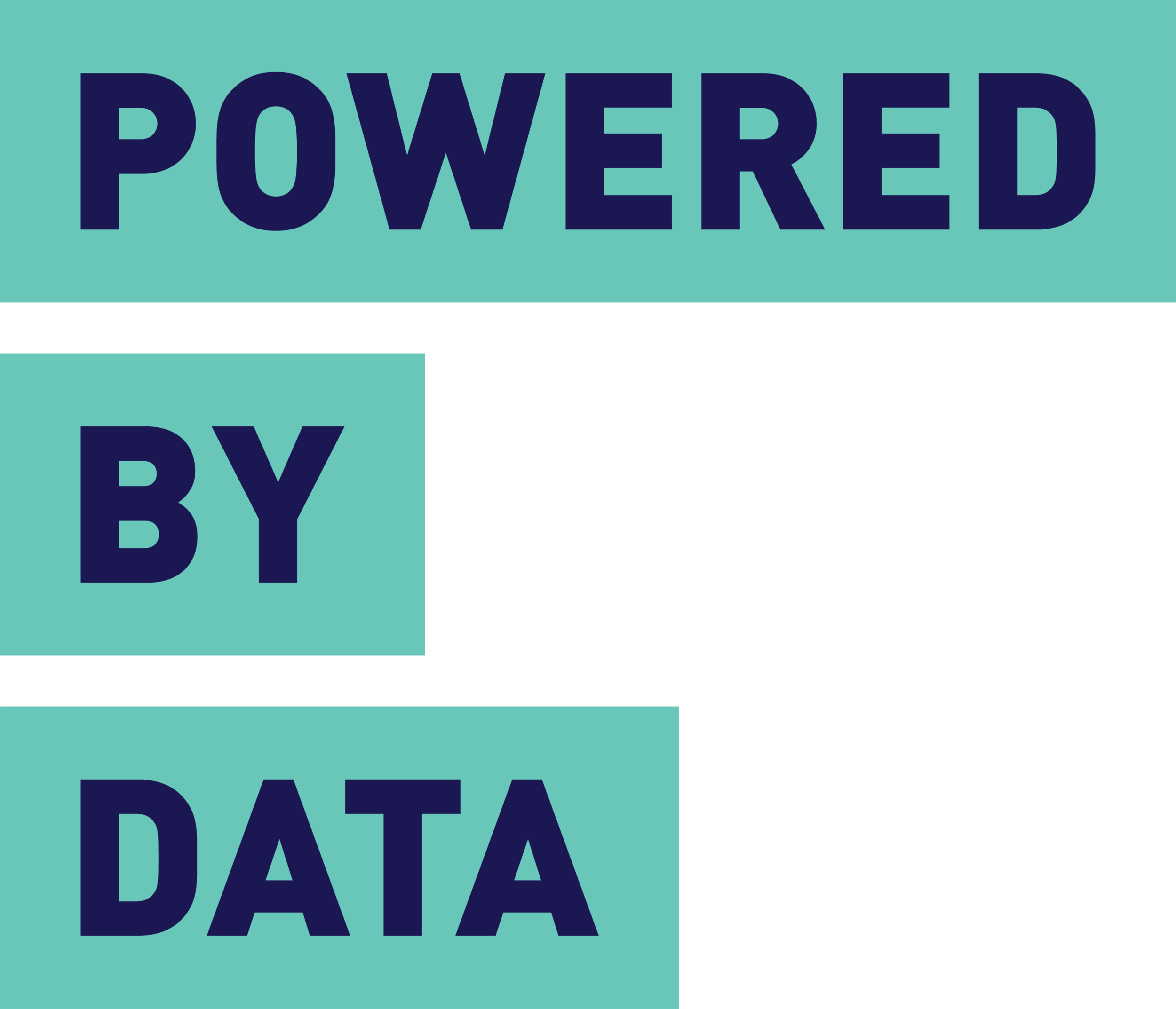How Canada leads the way in charity data
Let’s take a moment to do something thoroughly un-Canadian: brag about Canada.
The GovLab recently launched a new report, having scoured the world for the best examples they could find of open data’s positive impacts. The first edition includes a dozen case studies, and one of them hails from the great white north.
The GovLab report zeroed in on how Canada publishes financial data about charities, which is collected using the T3010 form. It’s a topic that’s near and dear to our hearts at Powered by Data since we began as a side project of Ajah, which got its start working with the T3010 dataset.
What’s so special about Canada’s approach to charitable sector data? Three things stand out:
#1: Canada's data is machine-readable.
As the GovLab review points out, the T3010 is broadly similar to the 990 form that charities file in the United States. But our neighbours to the south lag far behind us in terms of making this data accessible.
The differences are so stark, you don’t need to be a data expert to notice them. On the left is an example of a T3010 summary from the Canada Revenue Agency, and on the right is the summary page of a 990 form, the U.S. equivalent:
It’s easy to see which is more user-friendly, and the differences aren't just skin-deep. The 990 forms are published online as individual PDFs, making them a nightmare in terms of data extraction. The T3010 data, on the other hand, is released in aggregated and structured form, making it much easier to work with.
#2: Canada's data has been available for decades.
Although the T3010 dataset has only been available as open data since 2013, the CRA has been publishing charitable tax data in some form for 40 years. The format has evolved over time — from paper in the 1970s to data tapes in the 1990s, then to CD-ROM in the 2000s and now online — but the continuity is what matters.
That long history means Canada has gradually developed a community of researchers and service providers around T3010 data, who add value and insights to the information being published. As one interviewee in the GovLab report puts it, “This was open data before open data ever existed.”
#3: Canada's data is the most comprehensive in the world.
We’ve said this before, but it’s worth reiterating: no other country comes close in terms of publishing data about its charitable and non-profit sector. Every single grant made by a foundation or charity in Canada is now reported online, making it easier to see how the sector has been evolving over the last 15 years.
The CRA could certainly make improvements to enrich the data it provides about the social sector, such as publishing the business numbers for all charities and non-profits. That being said, Canada is starting from a strong position, and the GovLab report is a good reminder of that.



